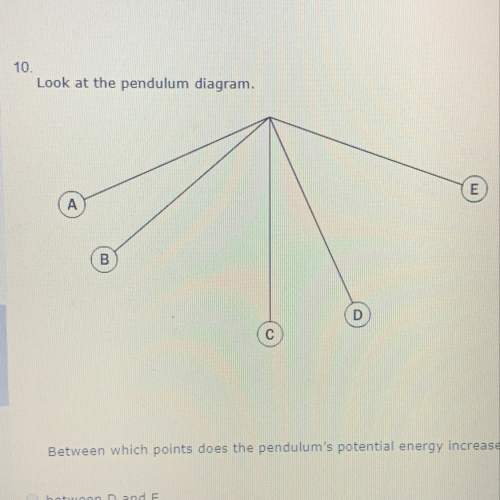
Physics, 17.10.2019 17:10, dmarte11092001
To understand the nature of electric current and the conditions under which it exists. electric current is defined as the motion of electric charge through a conductor. conductors are materials that contain movable charged particles. in metals, the most commonly used conductors, such charged particles are electrons. the more electrons that pass through a cross section of a conductor per second, the greater the current. the conventional definition of current is i = qtotal/deltat where i is the current in a conductor and qtotal is the total charge passing through a cross section of the conductor during the time interval deltat. the motion of free electrons in metals not subjected to an electric field is random. even though the electrons move fairly rapidly, the net result of such motion is that qtotal = 0 (i. e., equal numbers of electrons pass through the cross section in opposite directions). however, when an electric field is imposed, the electrons continue in their random motion, but in addition, they tend to move in the direction of the force applied by the electric field. in summary, the two conditions for electric current in a material are the presence of movable charged particles in the material and the presence of an electric field. quantitatively, the motion of electrons under the influence of an electric field is described by the drift speed, which tends to be much smaller than the speed of the random motion of the electrons. the number of electrons passing through a cross section of a conductor depends on the drift speed (which, in turn, is determined by both the microscopic structure of the material and the electric field) and the cross-sectional area of the conductor. in this problem, you will be offered several conceptual questions that will you gain an understanding of electric current in metals. you are presented with several wires made of the same conducting material. the radius and drift speed are given for each wire in terms of some unknown units r and v. rank the wires in order of decreasing electron current. rank from most to least electron current. to rank items as equivalent, overlap them.

Answers: 3
Other questions on the subject: Physics

Physics, 21.06.2019 19:30, Aylin042277
Explain in physical terms how a microwave oven works. what would happen when you put a conductor in the microwave oven? explain.
Answers: 1

Physics, 21.06.2019 21:00, myalee1419
To protect all four receptacles on a branch circuit that surrounds a swimming pool, you would install which of the following configurations? a. gfci feed-through receptacle at the end of the load's circuit b. gfci-terminated receptacle at the beginning of the load's circuit c. gfci feed-through receptacle at the beginning of the load's circuit and the other receptacles connected to the load side of that receptacle d. gfci-terminated receptacle at each end of the load's circuit
Answers: 3

Do you know the correct answer?
To understand the nature of electric current and the conditions under which it exists. electric curr...
Questions in other subjects:





Biology, 22.12.2019 11:31


Physics, 22.12.2019 11:31


Physics, 22.12.2019 11:31







